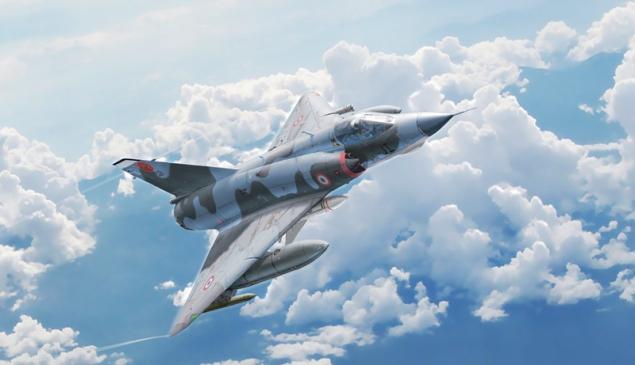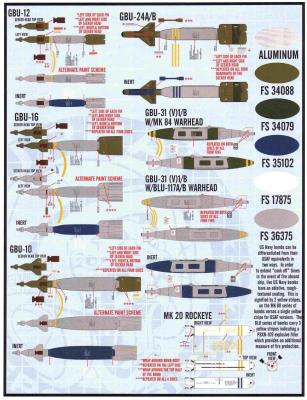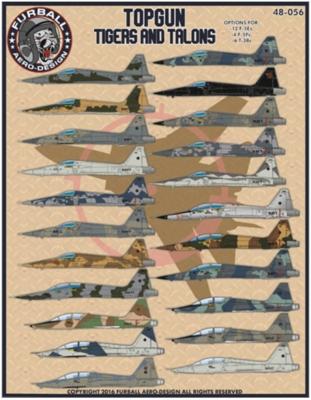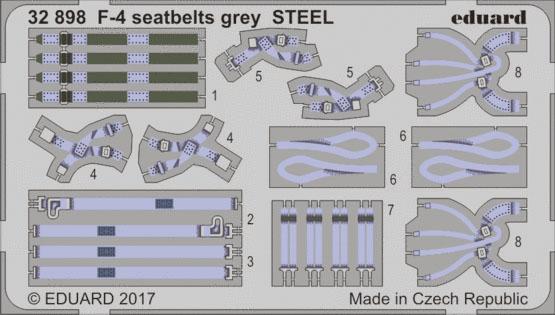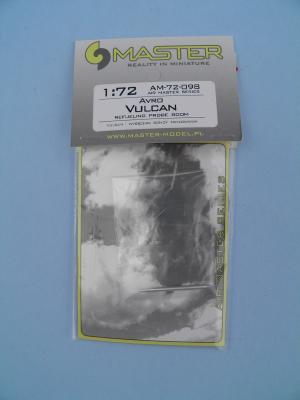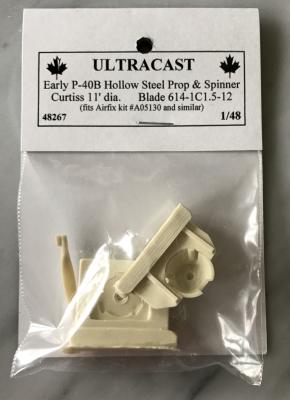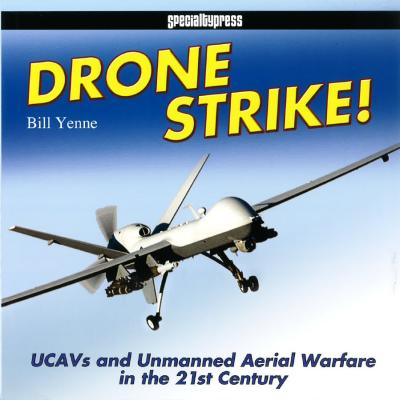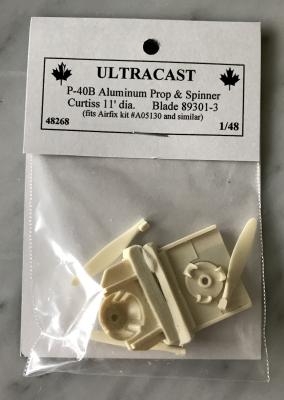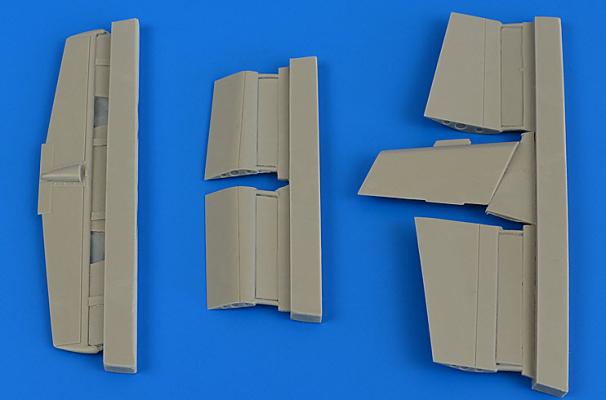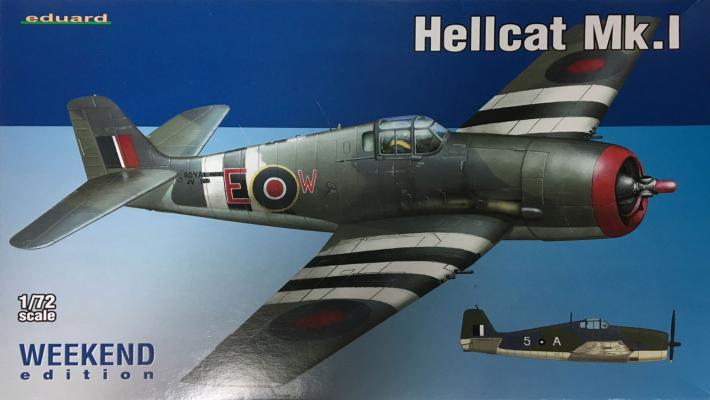Italeri recently released the first ever kit of the Mirage IIIC in 1/32nd scale – an elegant and iconic aircraft of the cold war that served (and continues to serve) in a variety of air forces around the world. Now they’ve come out with the Mirage III E/R variant. This version of the full-size craft was first marketed in 1964 and featured a slightly longer fuselage - about a foot - in order to increase the size of the avionics bay situated aft of the cockpit. This also had the consequence of increasing the internal fuel capacity a bit, which was good as the Mirage III was always known for its relatively short range. All this bumped the cockpit forward a bit, and the difference shows in that the rear of the cockpit just aligns with the top lip of the intakes, whereas it sat further back on the IIIC.
So, you want to build an F-14 Bombcat in 1/72nd scale and you look at the kit and the weapons look plain. You look at the real items and they have markings all over them. What to do, what to do. The fine people at Furball have you covered in spades with the issue of set 72-006 which includes markings for 84 different things that go under the wings. Inside the set, you get a wonderful, large decals sheet in excellent register printed by Cartograf. The remaining three pages are detailed marking and painting instructions for both active and inert weapons. All paint colors are denoted in FS format. Alternate colors are also mentioned in notes for each weapon. All the instructions are also in color which is a great help.
There are decals for each of the weapons listed below.
The movie Top Gun, love it or hate it, raised a lot of interest in the Navy Fighter Weapons School, and that interest was not lost on modelers with the markings of the Adversary planes standing out. Furball has given us an enormous sheet of markings covering twenty-two different schemes covering both the F-5E, F-5F and the T-38A between 1976 and 1986. There are options for twelve F-5Es, four F-5Fs, and six T-38s. As noted in the header, there are separate sheets for the 1/48th and 1/72nd scale planes and both cover the same subject. AND, there are complete markings for all 22 planes!
Here’s a complete rundown of the aircraft that are included in this set:
This Eduard set is for F-4 Phantom seats which need gray seat belts. There is also a set for green belts. The photoetched fret is colored and has 22 pieces on thin metal. All of the seat belts are gray in color with top straps being olive drab. All buckles are bare metal give a great color to the set. There is also a nice set of instructions for installing the belts.
Many people don’t know that I am half English. I use that as an excuse to love some of the more interesting British aircraft. One such plane is the famous Avro Vulcan. Just something about that big bat shaped wing appeals to me. I have never had the good fortune to see one fly in person but I have seen video and have been able to view a few in the flesh.
This, of course, means that I have the old Airfix 1/72nd scale kit in the stash. To say that this kit needs some loving attention to build right is probably an understatement based on some of the builds I have seen online but one day I will tackle her and mark her up in as one of the bombers used in the Falklands.
One thing you may not know is that the Vulcan fleet had had their refueling probes removed prior to 1982 and the maintenance crews had a hard time tracking down probes to get aircraft ready for action even resorting to taking probes off museum planes.
The Curtiss P-40 Warhawk is an American single-engine, single-seat, all-metal fighter and ground-attack aircraft that first flew in 1938. The P-40 design was a modification of the previous Curtiss P-36 Hawk which reduced development time and enabled a rapid entry into production and operational service. The Warhawk was used by most Allied powers during World War II, and remained in frontline service until the end of the war. It was the third most-produced American fighter, after the P-51 and P-47; by November 1944, when production of the P-40 ceased, 13,738 had been built, all at Curtiss-Wright Corporation's main production facilities at Buffalo, New York.
Bill Yenne has authored over 75 historical books and ten novels to date. He grew up inside Montana’s Glacier National Park where his father was the supervisor of back country trails. Bill is also a nationally recognized artist and illustrator with his work being showcased in many national magazines and some of his paintings on display in the official collection of the US Air Force. Bill graduated from the University of Montana in 1971 and founded the American Graphic Systems company. He later graduated from the Stanford University Professional Publishing course in 1989. The AGS BookWorks division has produced some 200 large-format, illustrated books. He has contributed to encyclopedias of World War I and II (for you youngins, this was Wikipedia before the internet came along). He has appeared on The History Channel, the National Geographic Channel, the Smithsonian Channel, C-SPAN, and ARD German Television.
The Curtiss P-40 Warhawk is an American single-engined, single-seat, all-metal fighter and ground-attack aircraft that first flew in 1938. The P-40 design was a modification of the previous Curtiss P-36 Hawk which reduced development time and enabled a rapid entry into production and operational service. The Warhawk was used by most Allied powers during World War II, and remained in frontline service until the end of the war. It was the third most-produced American fighter, after the P-51 and P-47; by November 1944, when production of the P-40 ceased, 13,738 had been built, all at Curtiss-Wright Corporation's main production facilities at Buffalo, New York.
Recently I was given the opportunity by IPMS USA to review Ultracast P-40B Aluminum Prop & Spinner Curtiss 11' dia, Blade 89301-3 for the Airfix P-40B Warhawk kits. One of the first things to notice with this product is the nice presentation of the packaging with the Ziploc seal to allow for easy access to parts.
Aires provides you with the capability to replace your control surfaces on the L-29 Delphin. The packaging is the standard polyethylene bag secured to a header card with staples. There are no supplied instructions but then again, the six parts are a direct replacement for the kit’s control surfaces.
Although most paints will adhere to resin alone, I would recommend that you wash the parts to remove any remaining mold release and prime them first. The parachute and parachute housing will need to be installed with your favorite CA (super glue) or epoxy, as the normal plastic glues or solvents will not react with the resin.
While the Grumman Hellcat’s primary claim to fame is its stellar service with the US Navy in Pacific Ocean, the Hellcat also saw action in the European and Mediterranean theaters with the Fleet Air Arm of the Royal Navy. Under the Lend-Lease program over 200 F6F-3 Hellcats were delivered to the Fleet Air Arm for use from Royal Navy carriers as the Hellcat Mk. I.

